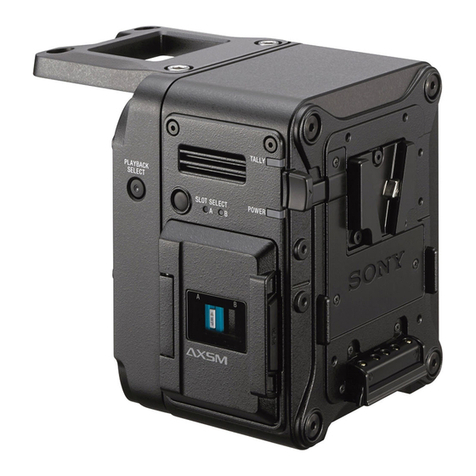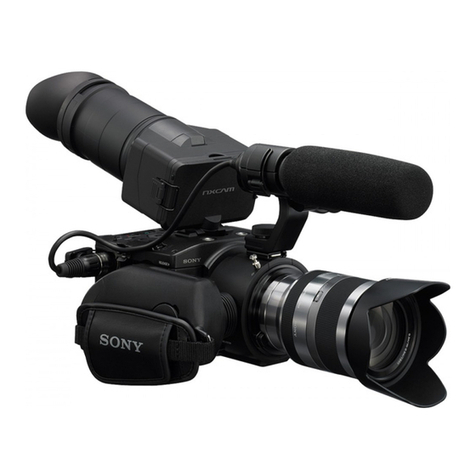Sony ICD-B200RS User manual
Other Sony Measuring Instrument manuals

Sony
Sony Ipela NSR-S20 User manual
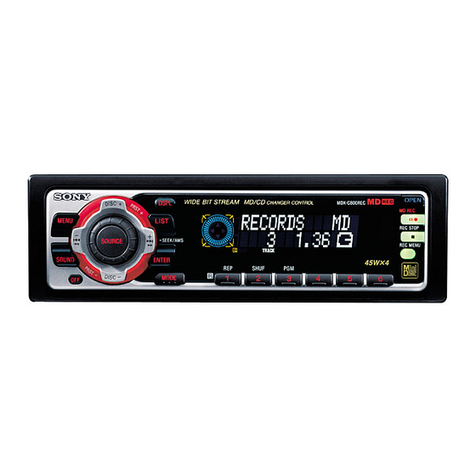
Sony
Sony MDX-C800REC User manual
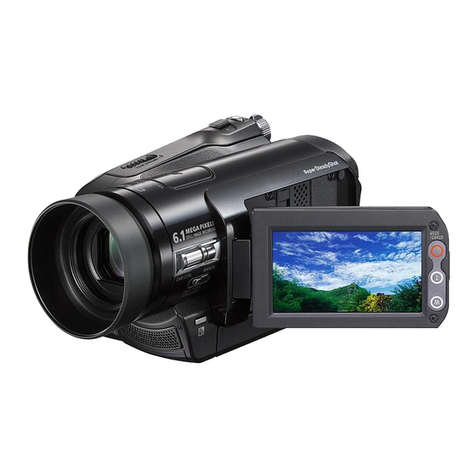
Sony
Sony Handycam HDR-HC9 User manual

Sony
Sony DK110NLR5 User manual
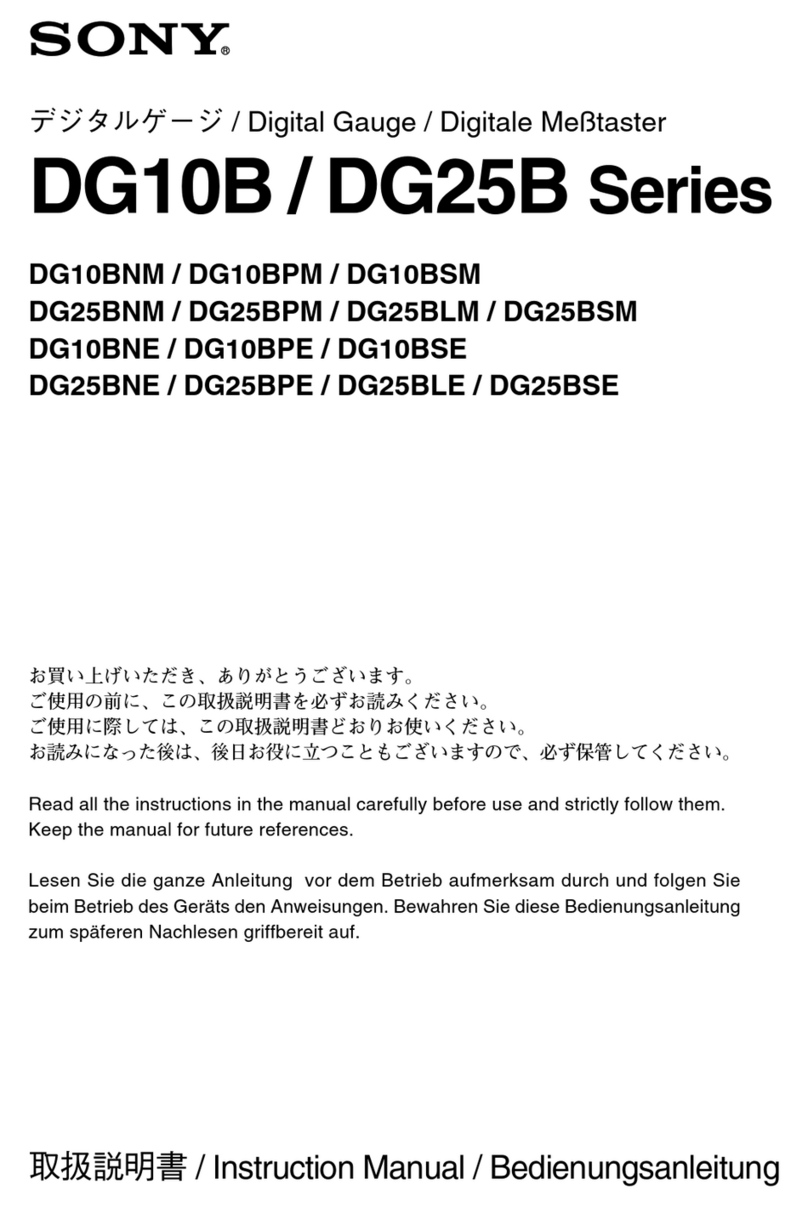
Sony
Sony DG10B Series User manual
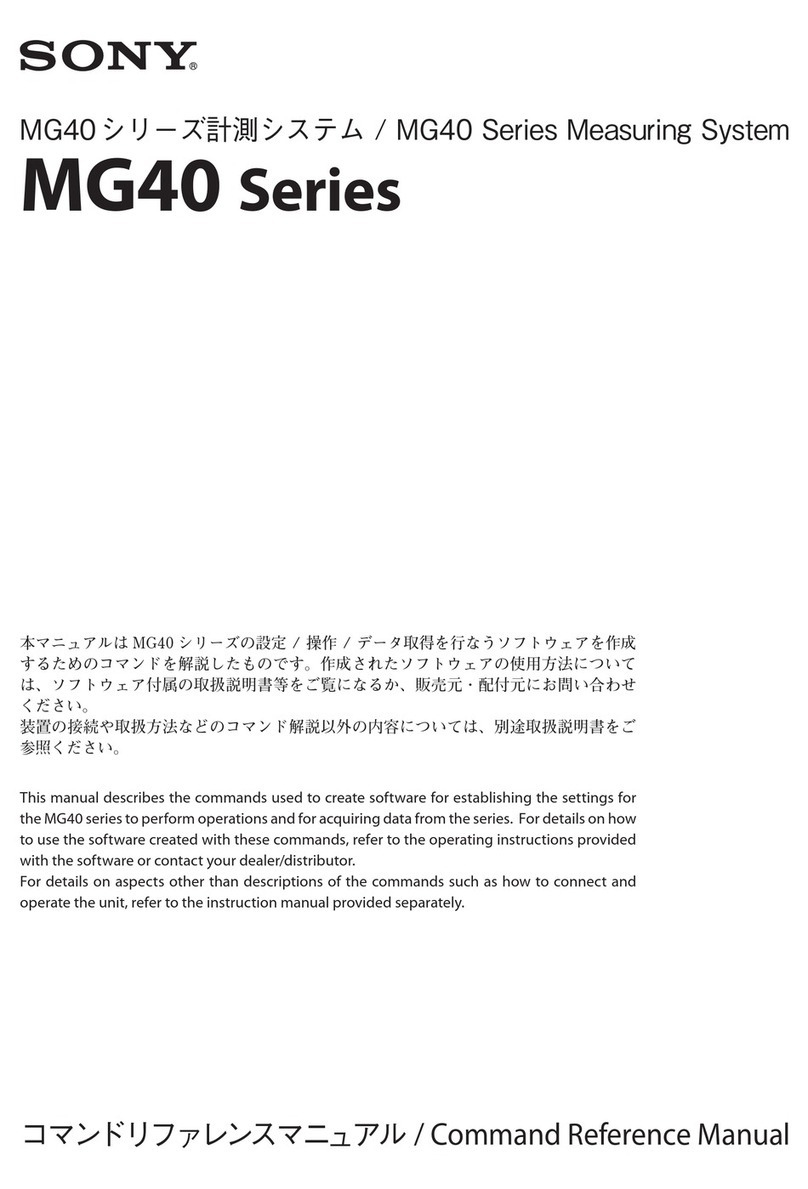
Sony
Sony MG40 Series Installation manual

Sony
Sony BVU-800 User manual

Sony
Sony DK805AR User manual
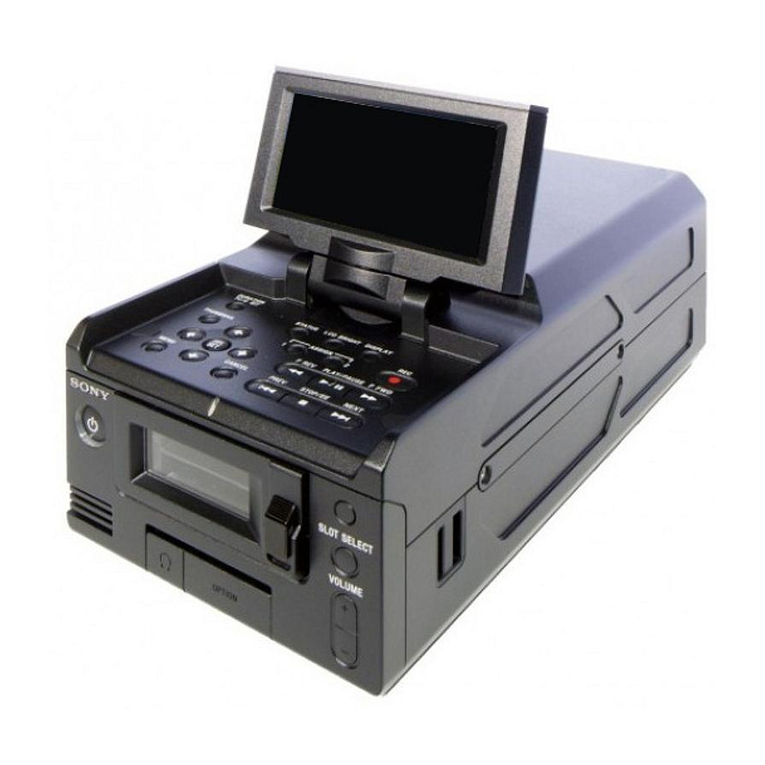
Sony
Sony PMW50 User manual
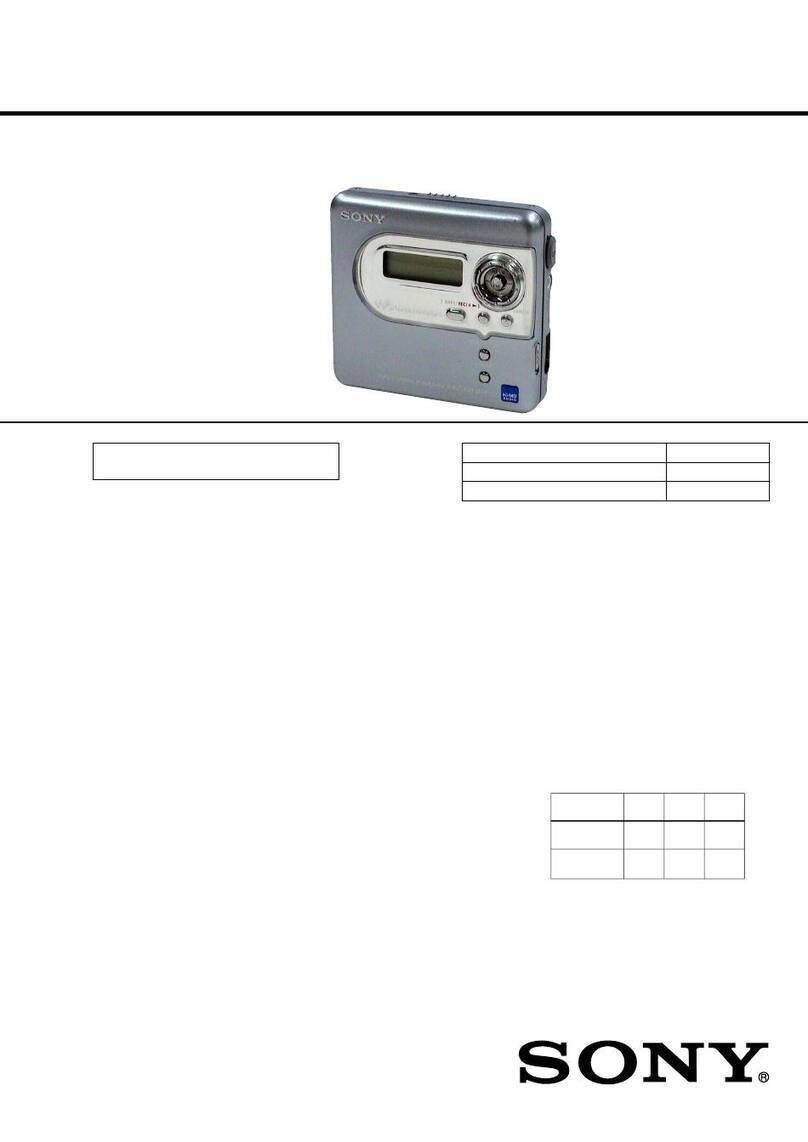
Sony
Sony MZ-NH600 User manual
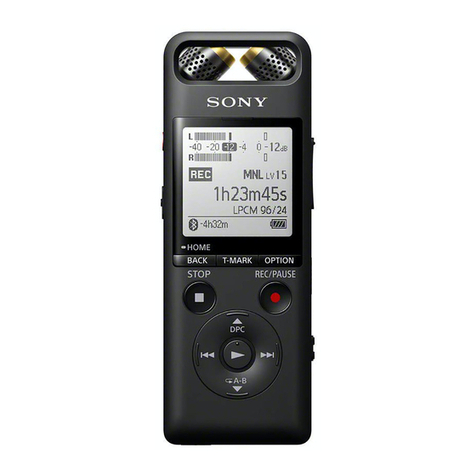
Sony
Sony PCM-A10 Reference guide

Sony
Sony SVT-RA40 User manual
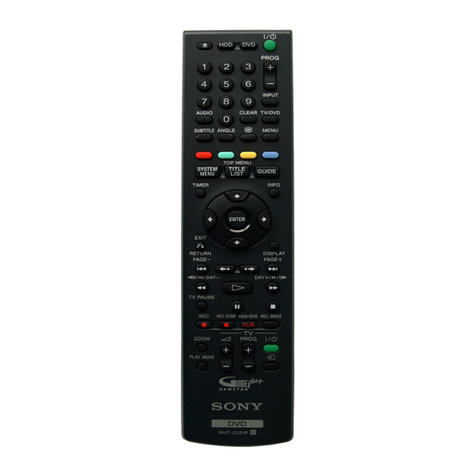
Sony
Sony RDR-HXD790 Use and care manual
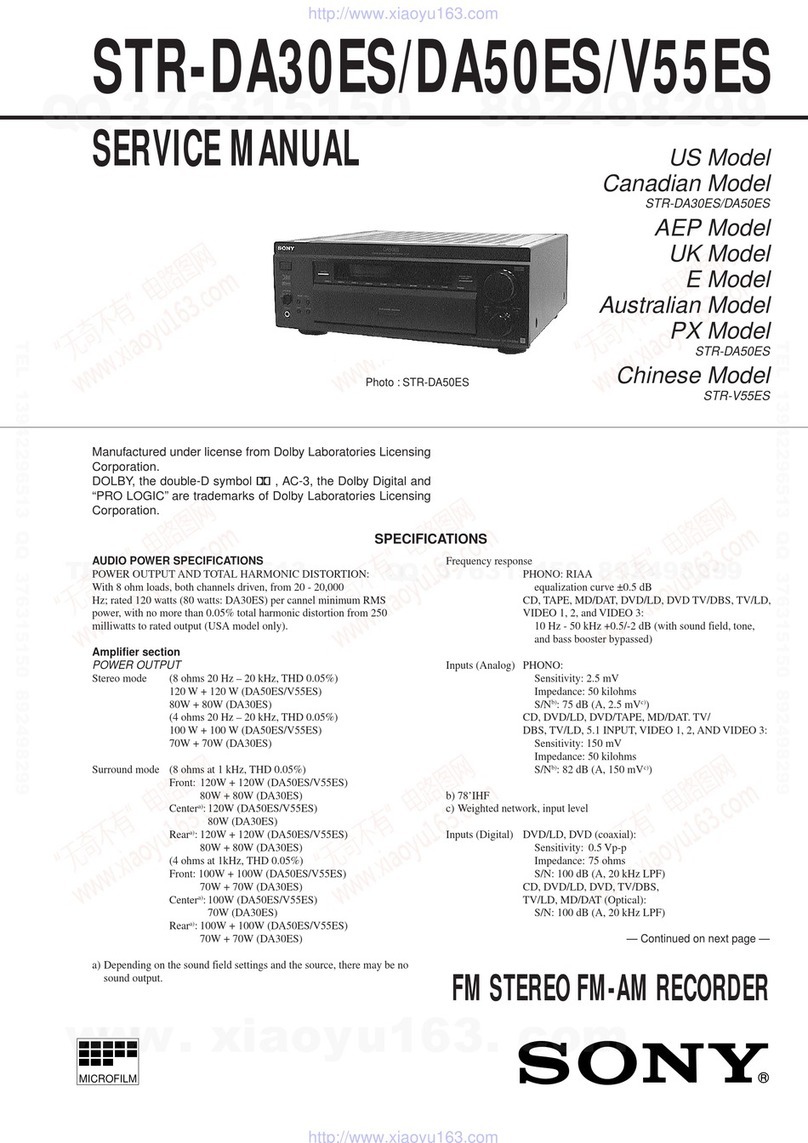
Sony
Sony STR-DA30ES - Fm Stereo/fm-am Receiver User manual
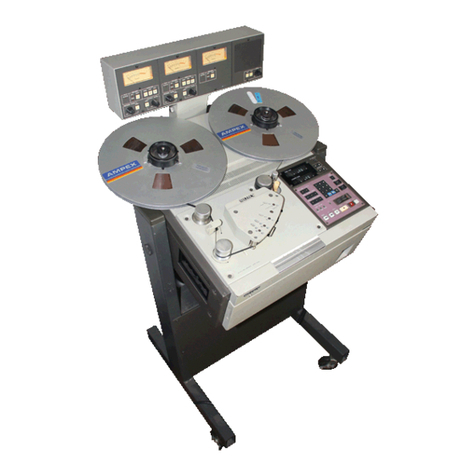
Sony
Sony APR-5000 User manual

Sony
Sony PVW-2800 User manual
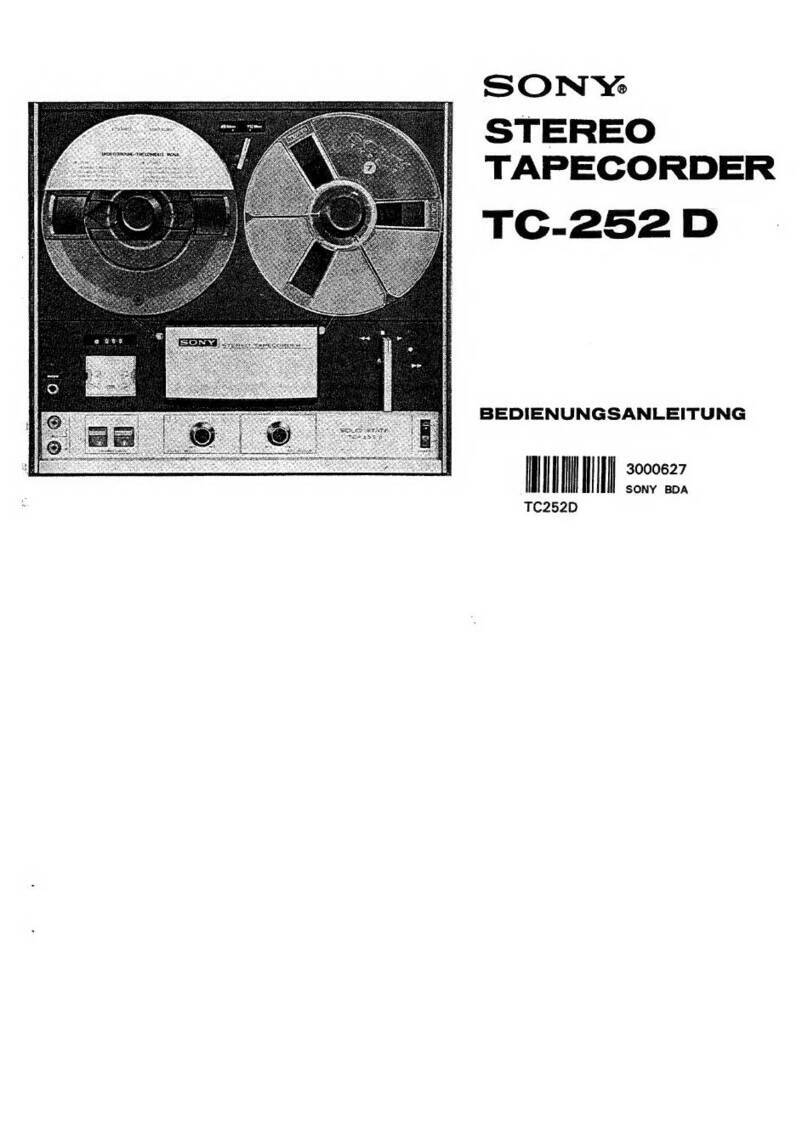
Sony
Sony TC-252 D User manual

Sony
Sony DVCAM DSR-80 User manual

Sony
Sony M-640V - Microcassette Recorder User manual

Sony
Sony MSZ-2100G User manual
Popular Measuring Instrument manuals by other brands

Powerfix Profi
Powerfix Profi 278296 Operation and safety notes

Test Equipment Depot
Test Equipment Depot GVT-427B user manual

Fieldpiece
Fieldpiece ACH Operator's manual

FLYSURFER
FLYSURFER VIRON3 user manual

GMW
GMW TG uni 1 operating manual

Downeaster
Downeaster Wind & Weather Medallion Series instruction manual

Hanna Instruments
Hanna Instruments HI96725C instruction manual

Nokeval
Nokeval KMR260 quick guide

HOKUYO AUTOMATIC
HOKUYO AUTOMATIC UBG-05LN instruction manual

Fluke
Fluke 96000 Series Operator's manual

Test Products International
Test Products International SP565 user manual

General Sleep
General Sleep Zmachine Insight+ DT-200 Service manual

